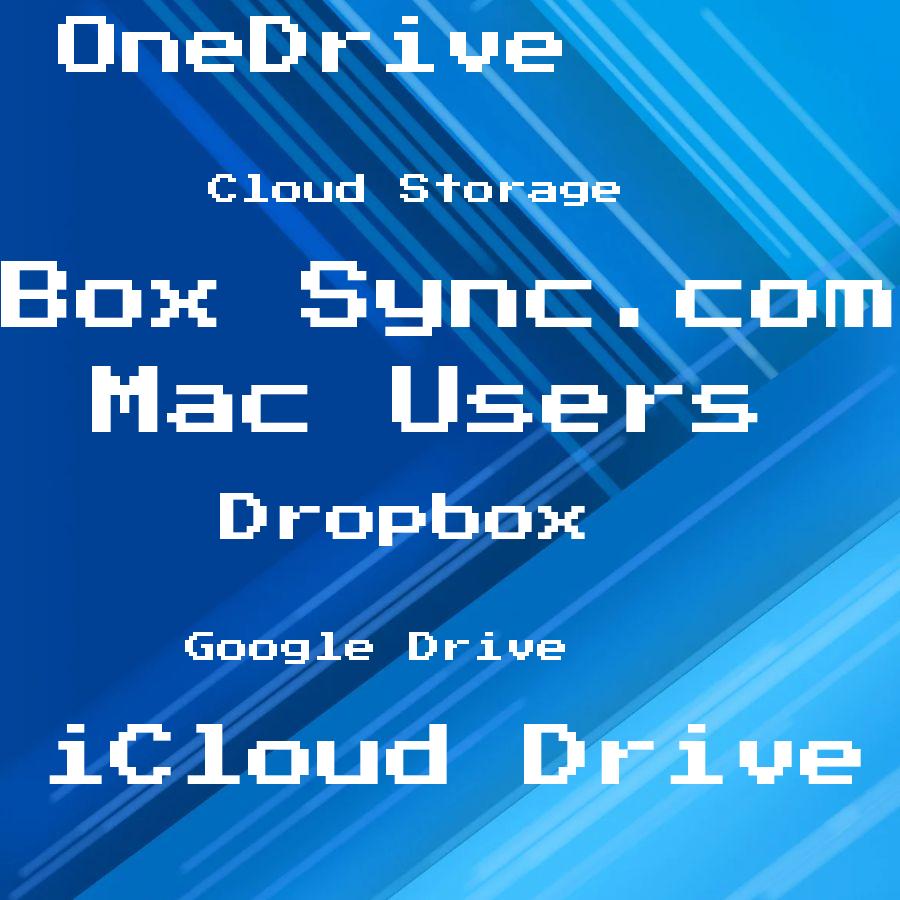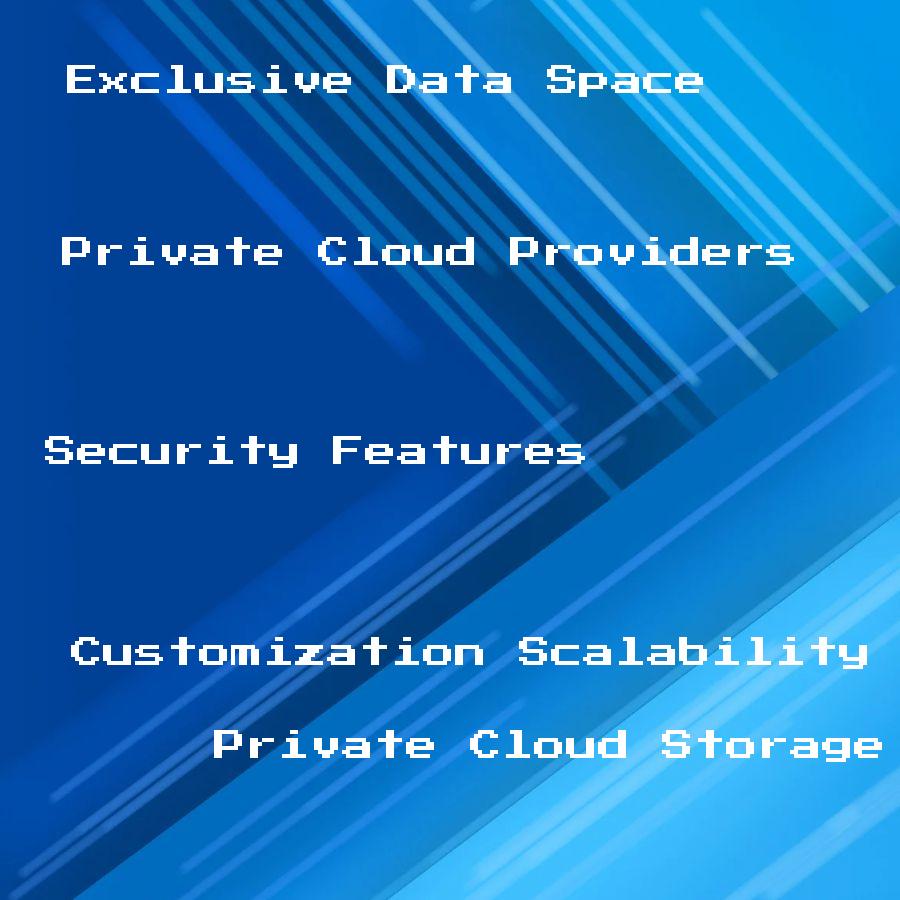Answer: A cloud-native system refers to applications or services specifically designed and optimized for cloud computing environments. These systems leverage cloud-based resources, follow microservices architecture, use containerization technologies, and adopt DevOps practices to enable rapid development, deployment, scaling, and resilience.
Cloud computing has revolutionized the way we store, manage, and access data. But have you heard of cloud-native systems? These systems are specifically designed to take advantage of the benefits of cloud computing, such as scalability and flexibility.
In this blog post, we’ll dive into what exactly a cloud-native system is and why it’s becoming increasingly popular in today’s tech industry. So whether you’re a tech enthusiast or just curious about the latest trends in technology, keep reading to learn more about this innovative approach to building software applications.
Cloud-Native Definition

A cloud-native system is a software application that has been designed and optimized to run on cloud infrastructure. It’s built using microservices architecture, which means it consists of small, independent services that work together to form the complete application.
These services are packaged in containers and deployed as needed across multiple servers or clusters for scalability and resilience.
The term “cloud-native” was first coined by Netflix back in 2013 when they started migrating their applications from traditional data centers to the cloud. Since then, many other companies have followed suit due to the numerous benefits of this approach.
Cloud-native systems are highly scalable, fault-tolerant, and can be easily updated without causing downtime or disruption. They also enable faster development cycles through continuous integration/continuous deployment (CI/CD) practices.
Key Characteristics
They have several key characteristics that set them apart from traditional applications, including:.
1. Scalability: Cloud-native systems can easily scale up or down based on demand, allowing organizations to quickly respond to changing business needs.
2. Resilience: These systems are built with resilience in mind and can withstand failures without impacting the overall system’s performance.
3. Microservices Architecture: Cloud-native applications follow a microservices architecture where each service is developed independently and deployed as a containerized application.
4. Containerization & Orchestration: Containers provide an isolated environment for running services while orchestration tools like Kubernetes automate deployment, scaling, and management of containers across multiple hosts.
5. Continuous Integration/Deployment (CI/CD): CI/CD pipelines enable developers to continuously integrate code changes into the main branch and deploy new features or updates automatically without manual intervention.
Benefits & Advantages
One of the most significant advantages is scalability. Cloud-native systems can easily scale up or down based on demand, allowing businesses to save money by only paying for what they need.
Another advantage is resilience. Cloud-native systems are designed to be fault-tolerant, meaning that if one component fails, the system as a whole will continue to function without interruption.
Cloud-native systems enable faster development and deployment cycles due to their use of microservices architecture and containerization technologies. This allows developers to work independently on different parts of an application simultaneously while ensuring compatibility with other components.
Cloud-native systems provide greater agility and flexibility than traditional applications while also reducing costs associated with hardware maintenance and upgrades.
Microservices Architecture
It involves breaking down an application into smaller, independent services that can be developed, deployed and scaled independently. Each microservice performs a specific function and communicates with other microservices through APIs (Application Programming Interfaces).
This approach allows for greater flexibility in development as each service can be updated or replaced without affecting the entire system.
Microservices architecture also enables better fault isolation, making it easier to identify and fix issues when they arise. This approach promotes faster time-to-market by allowing teams to work on different parts of the application simultaneously.
Adopting a microservices architecture is essential for building scalable and resilient cloud-native systems that are capable of meeting modern business needs.
Containerization & Orchestration
Containerization refers to the process of packaging an application along with its dependencies into a container, which can then be deployed across different environments without any compatibility issues. Containers provide a lightweight and portable way to run applications consistently across various platforms.
Orchestration, on the other hand, is all about managing these containers at scale. It involves automating tasks such as deployment, scaling up or down based on demand, load balancing traffic between containers for optimal performance and availability.
One popular tool used for container orchestration in cloud-native systems is Kubernetes – an open-source platform that automates deployment, scaling and management of containerized applications. With Kubernetes’ powerful features like self-healing capabilities (automatic recovery from failures), rolling updates (updating software without downtime) among others; it has become the go-to choice for many organizations looking to build scalable cloud-native systems.
Continuous Integration/Deployment (CI/CD)
It refers to the process of automating software testing and deployment, allowing developers to release new features or updates quickly and efficiently. With CI/CD, developers can continuously integrate code changes into a shared repository, automatically build and test the application in different environments before deploying it to production.
In traditional software development approaches, manual testing was time-consuming and error-prone. However, with CI/CD pipelines in place for cloud-native systems development teams can automate much of this process which saves time while improving quality control.
By adopting continuous integration/deployment practices within their workflows companies are able to deliver high-quality applications faster than ever before – all while maintaining stability across multiple environments at scale.
Scalability & Resilience
Cloud-native applications can scale up or down quickly, depending on demand, without any downtime or disruption to users. This is because they are designed with microservices architecture that allows for individual components to be scaled independently.
Moreover, cloud-native systems have built-in resilience features that ensure high availability and fault tolerance. They use containerization technologies like Docker and Kubernetes to isolate application components from each other so that if one component fails, it doesn’t bring down the entire system.
In today’s fast-paced business environment where customer demands change rapidly, scalability and resilience are critical factors in ensuring a seamless user experience. With cloud-native systems’ ability to handle sudden spikes in traffic while maintaining performance levels at all times makes them an ideal choice for businesses looking for agility and flexibility in their IT infrastructure.
Building a scalable and resilient system is no longer an option but a necessity for modern-day businesses operating online services globally. By adopting cloud native technology stack such as microservices architecture coupled with containerization & orchestration tools along with CI/CD practices will enable organizations not only achieve these goals but also stay ahead of their competition by delivering innovative products faster than ever before!




